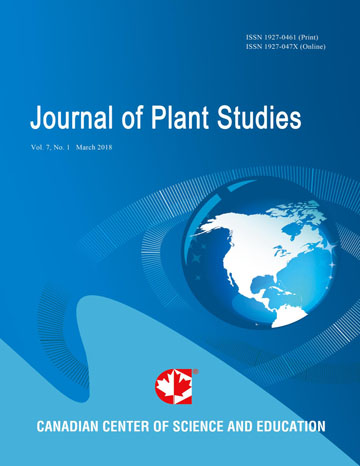Stress, Strain-Rate Analysis of Sub-Surface Driveway Plants
- Peter Greene
- Virginia Greene
Abstract
Sub-surface driveway plants are strong enough to penetrate a macadam surface of thickness 7 – 9 cm. The mechanics of how the Taraxacum officinale accomplishes this feat remain a mystery. Using the Maxwell model for pavement yielding over time, data are presented which may shed some light on this phenomenon. The post-buckling behavior of the plant stalk is quantified. Euler bending and buckling theory enables calculation of the cellular stress field, compared to turgor pressure, indicating impending cell buckling. Post-buckling plastic strain of the plant stem is 19%. At the cell wall, the stress concentration factor is 3-times greater than the applied external field, so the cell’s internal turgor pressure is overwhelmed by imposed external stress. An Impulse Integral is developed for the surface whereby the product of applied FORCE times TIME is CONSTANT, in order to produce a given amount of surface deflection. Taraxacum officinale stems and leaf stalks are strong enough, in buckling mode, to lift and push apart the fractured macadam crater through which they erupt, but not strong enough to initially crack the surface. The purpose of this work is to determine the mechanisms underlying this unusual plant survival phenomenon, backed by quantified data.
- Full Text:
 PDF
PDF
- DOI:10.5539/jps.v6n2p55
Journal Metrics
h-index (December 2021): 17
i10-index (December 2021): 37
h5-index (December 2021): N/A
h5-median(December 2021): N/A
( The data was calculated based on Google Scholar Citations. Click Here to Learn More. )
Index
Contact
- Joan LeeEditorial Assistant
- jps@ccsenet.org
